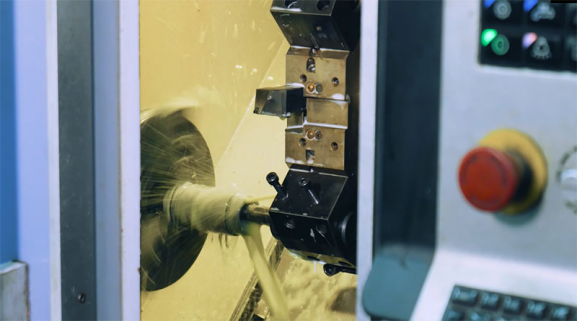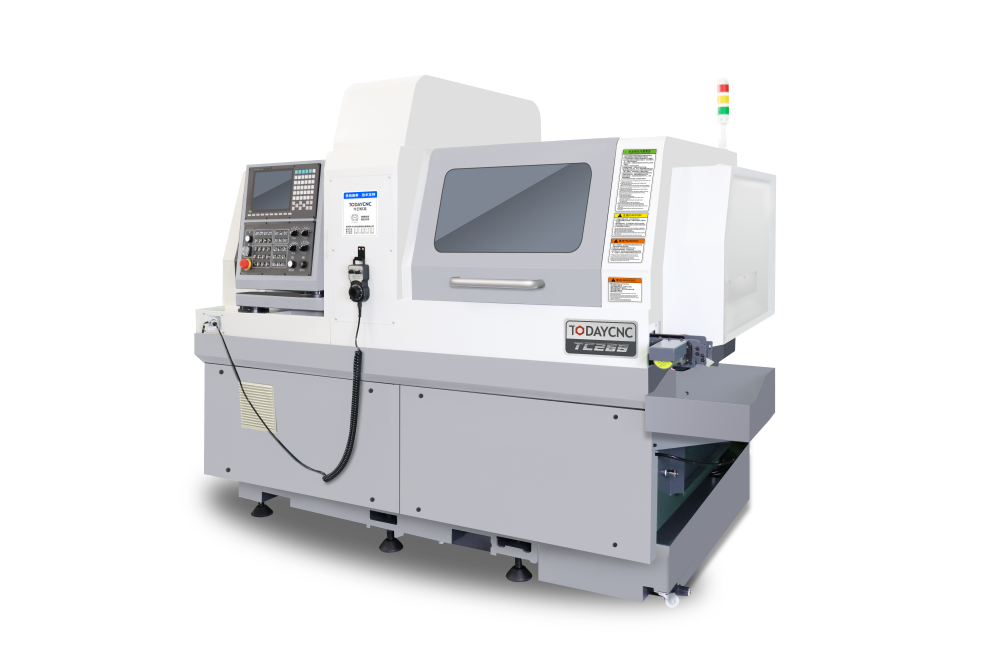Preparation before test run of CNC lathe

The bed CNC lathe is coated with anti-rust oil or anti-rust paint to protect the guide rail surface and processing surface when it leaves the factory. Clean the dust on the outer surface of the machine tool. Apply lubricant specified for machine tools on each sliding surface and working surface.
Carefully check whether all parts of the inclined bed CNC lathe are oiled as required, and whether there is enough coolant in the cooling box. Check whether the oil in the machine tool hydraulic station and automatic room lubrication device reaches the position specified by the oil level indicator.
Check whether the switches and components in the electrical control box are normal and whether the integrated circuit boards are in place.
When power is turned on, the centralized lubrication device is started, so that each lubricating part and the lubricating oil circuit are filled with lubricating oil. Make all preparations before each component of the machine tool moves.
Installation of the inclined bed CNC lathe The inclined bed CNC lathe is placed on the foundation and should be leveled in a free state, and then the anchor bolts are evenly tightened. For ordinary machine tools, the level reading does not exceed 0.04/1000mm. For high-precision CNC machine tools, the level reading does not exceed 0.02/1000mm. When measuring the installation accuracy, it should be carried out at a constant temperature, and the measuring tool needs to be used after a period of constant temperature time. When installing a CNC lathe with an inclined bed, every effort should be made to avoid installation methods that cause forced deformation of the CNC machine tool. When installing a CNC lathe with an inclined bed, some parts of the machine tool should not be dismantled casually. The disassembly of parts may cause important new distribution of stress within the CNC lathe, thus affecting the accuracy of the CNC machine tool.
Related Blog














